Mitsubishi sticks to pretty long model cycles in New Zealand. Not that there’s anything wrong with that, judging by the sales numbers. Customers enjoy unbelievable value-for-money as older models continue their run, and when a truly new version comes along it has to be a great leap forward.
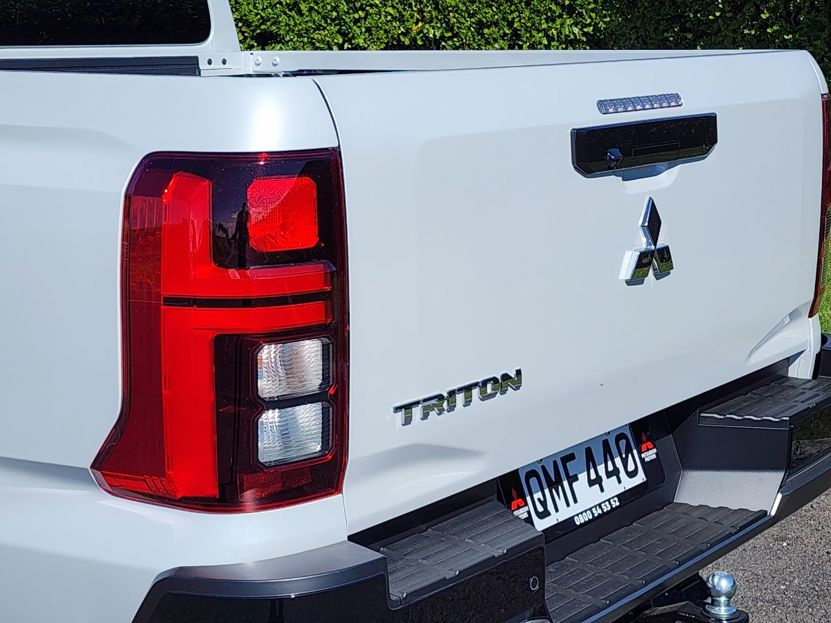
That’s where the new Triton comes in. Utes aren’t updated as often as passenger cars anyway, but this is the first ground-up Triton redesign in nearly a decade.
Even if one-tonners didn’t dominate the new-vehicle landscape in NZ, this would be a huge deal; but they do, of course. Mitsubishi NZ has just clocked up 50,000 Triton sales, by the way.
Where to start? Underneath, probably, which is the bit that really counts with pickup trucks. The new Triton platform has a 130mm-longer wheelbase, which means less rear overhang and a much more coherent profile. The old one always looked a bit like the body had grown every which way over the same underpinnings, which it kind of had. This one has a much more aggressive stance.
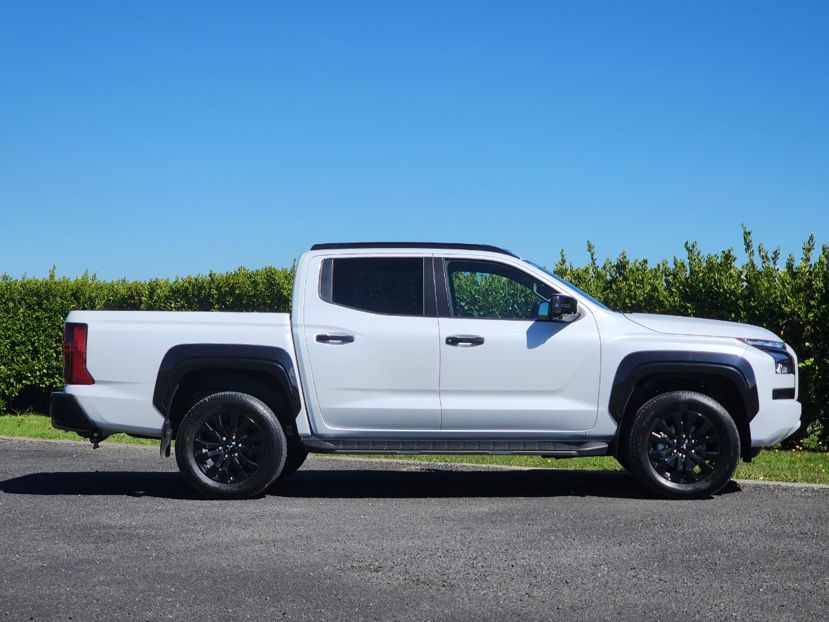
There’s a new 150kW/470Nm twin-turbo diesel right across the range: power is up by 10 per cent, torque by 7 per cent, while emissions are down by 10 per cent. And twice as many turbochargers, so that’s got to count for something. AdBlue helps it meets Euro6B exhaust legislation.
The new Triton platform has a 130mm-longer wheelbase, which means less rear overhang and a much more coherent profile.
Mitsubishi was first by miles with a ute 4WD system suitable for high-speed on-road use as well as off (Volkswagen and Ford have since joined in), and its Super Select II is now standard across the range; previously, it was reserved for higher-specification 4WD models.
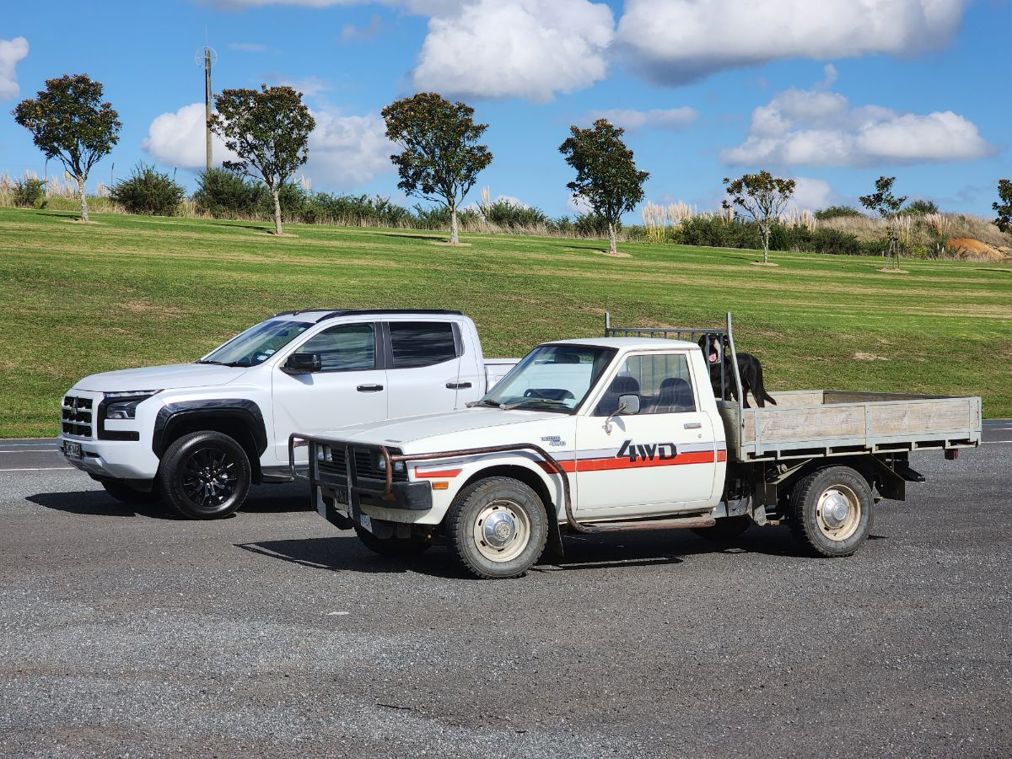
An Active Yaw Control (AYC, shades of Evo rally cars) system helps on slippery surfaces; it’s torque vectoring with a cooler name, basically.
The tray has a 4x2 timber attachment that allows users to divide the cargo area with a good ol’ piece of wood. That’s the Kiwi way.
The 4WD models have a dizzying 7 drive modes to choose from, as specific as Gravel, Sand and Rock, while all models have a manual rear differential lock.
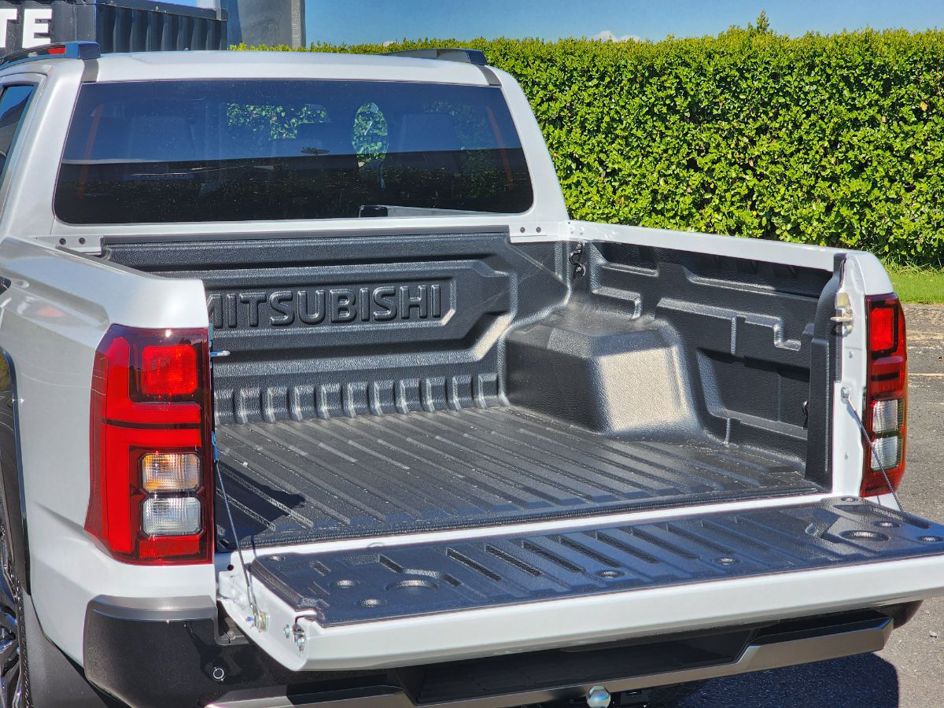
The industry-standard 3.5-tonne tow rating remains, but Mitsubishi says stability when hauling is significantly improved thanks to the larger and stronger chassis/frame. The tray on the wellside models is longer and wider to carry a Euro-style pallet (1200mm x 800mm) and payload is over a tonne across the board.
Stop-start helps with the fuel economy in town, although the system doesn’t work all that smoothly with the diesel engine: there’s a real shudder as it shuts down.
The tray load height has been lowered by 45mm to 820mm and the deck features a hook mounted low at the rear, for easier securing of loads and a 4x2 timber attachment that allows users to divide the cargo area with a good ol’ piece of wood. That’s the Kiwi way.
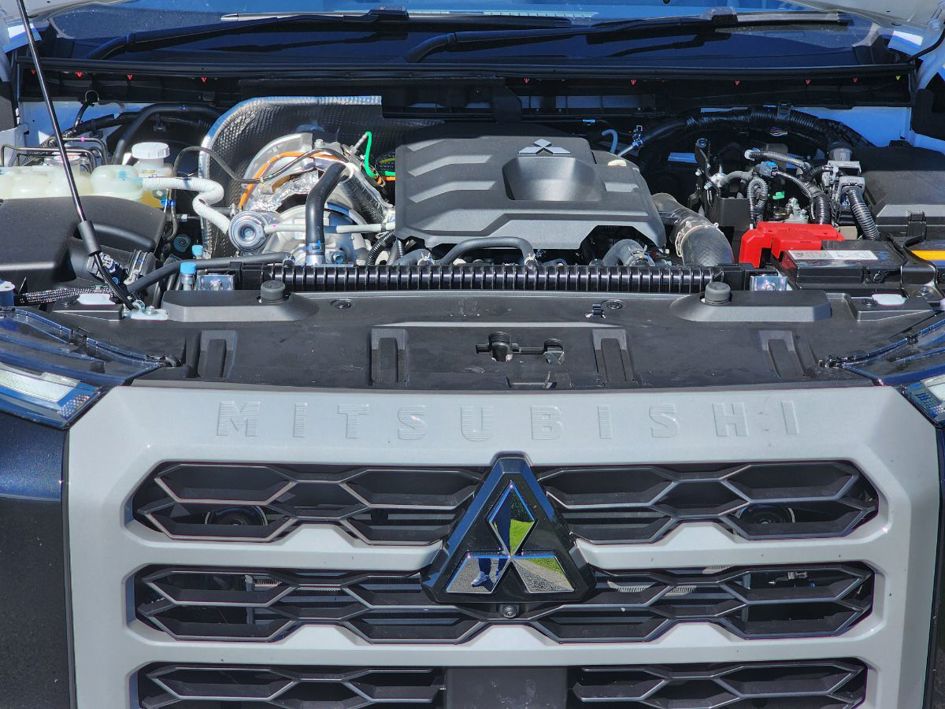
One of the standout aspects of the new Triton range is a huge increase in specification across the board, including that swish new engine that powers everything from the entry 2WD cab-chassis upwards. However, our introductory drive was in the flagship VRX 4WD, because that’s the way these media drives often work.
This is an enormous step up from the previous model in terms of driver appeal, no question. The new engine is a beauty, delivering its torque smoothly from low speed and giving this ute an effortless feel in rolling acceleration.
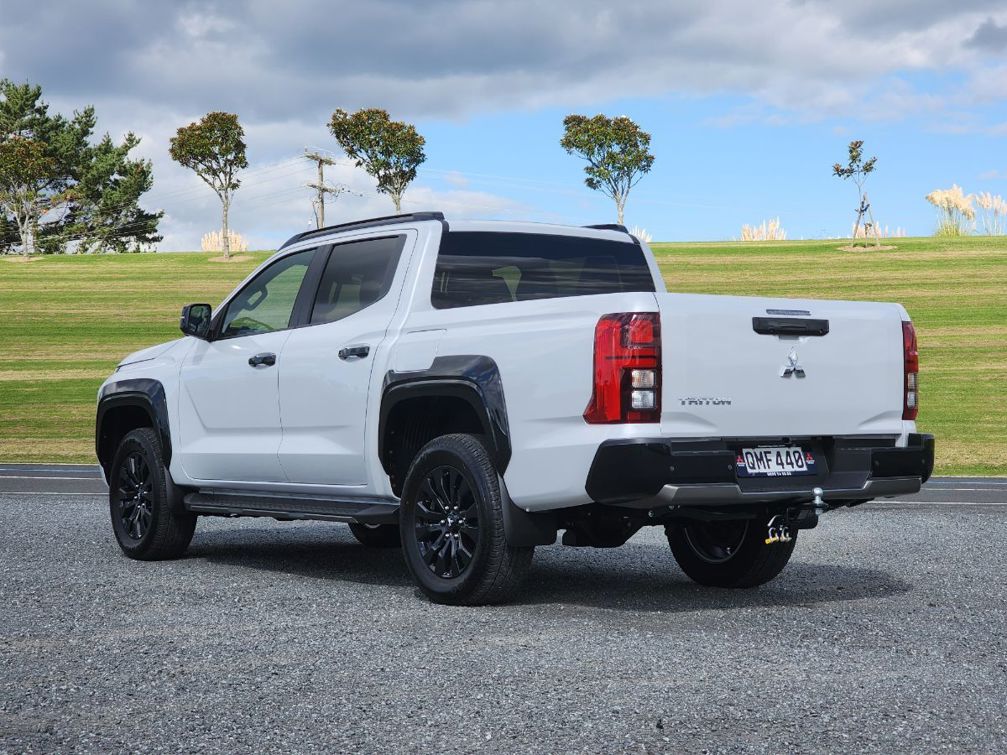
It also has the ability to be astonishingly economical in the right environment – for a ute, at least. During one of our test days we had to undertake a 150km round-trip on the motorway and the Triton VRX averaged 6.9l/100km. Okay, that’s easy running; but impressive for a heavy pickup truck all the same.
Stop-start helps with the fuel economy in town, although the system doesn’t work all that smoothly with the diesel engine: there’s a real shudder as it shuts down and if you jump on the throttle too soon again, it almost feels like it might stall (it doesn’t).
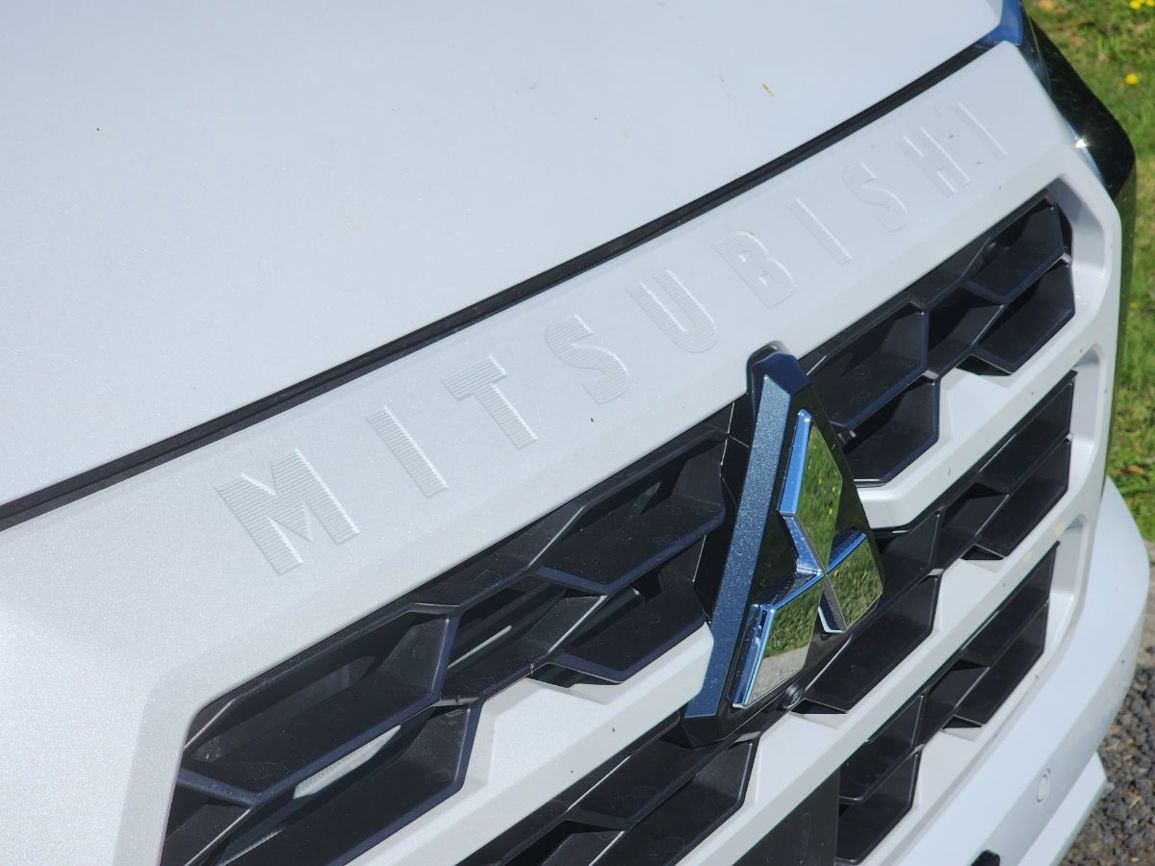
The fuel economy is even more impressive given the Triton sticks with a 6-speed automatic, when the rival Ford Ranger biturbo has 10 gears to choose from. So it looks a little behind the times on paper, but that could also come down to a matter of taste. A torquey diesel engine makes the number of ratios less important and there’s no doubt the Ranger gearbox can feel a little busy at times, but it’s also a lot more engaging (excuse the pun) than the Triton powertrain, which does occasionally clunk between ratios when you’re a bit tricky with the throttle.
It also comes down to cost; we’ll get to the Triton’s sticker prices in a minute. But with that new engine, all those drive modes and Super Select II, the Mitsubishi certainly gets the job, whatever job, done with minimal fuss.
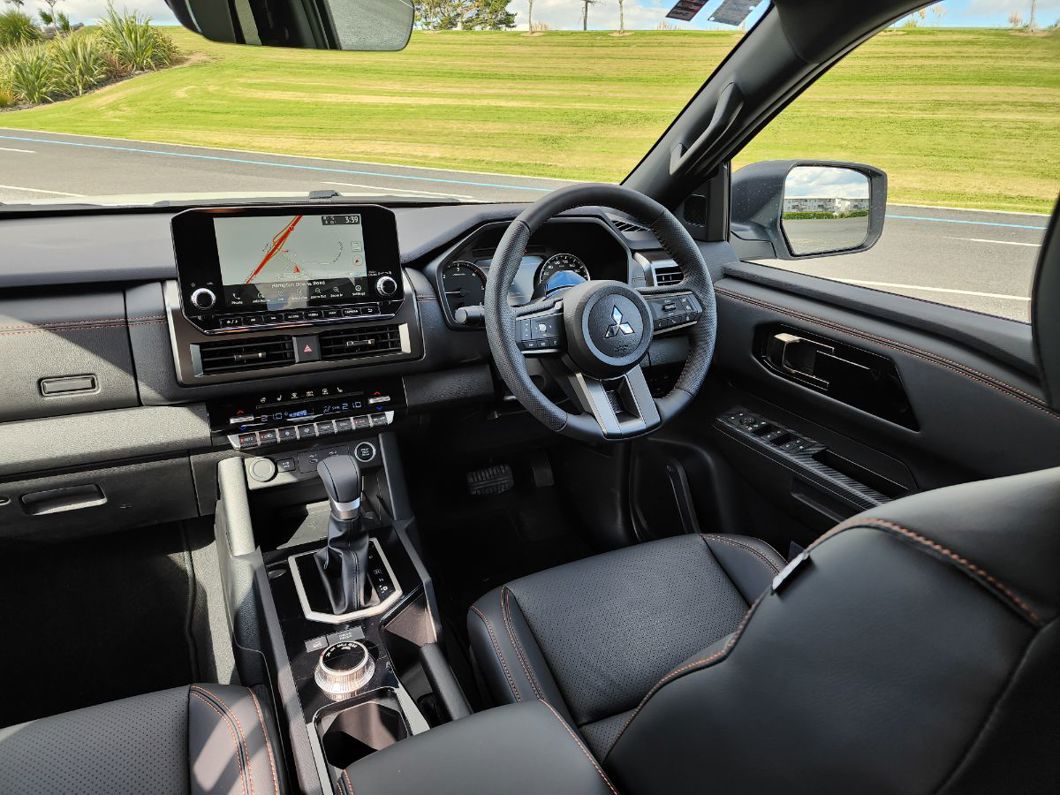
Mitsubishi says the new cabin is intended to have more of an SUV feel. There’s a flash new three-spoke steering wheel and tablet-style infotainment screen atop the centre console - not massive at 9in, but 2in larger than the previous model and actually, it looks right in this environment.
The overall design is still quite busy, with analogue main instruments and a massive row of toggle switches at the base on the console, but physical touch points do still feel like the right choice for a one-tonne ute; gloves-on operation, for example. And there are some clever touches, like a dual-level glovebox that can hold a 1.5-litre bottle, a 2-way cupholder for the VRX and even seatback pockets for the rear occupants to put tablets and phones in; USB-A and C charge ports back there, too.
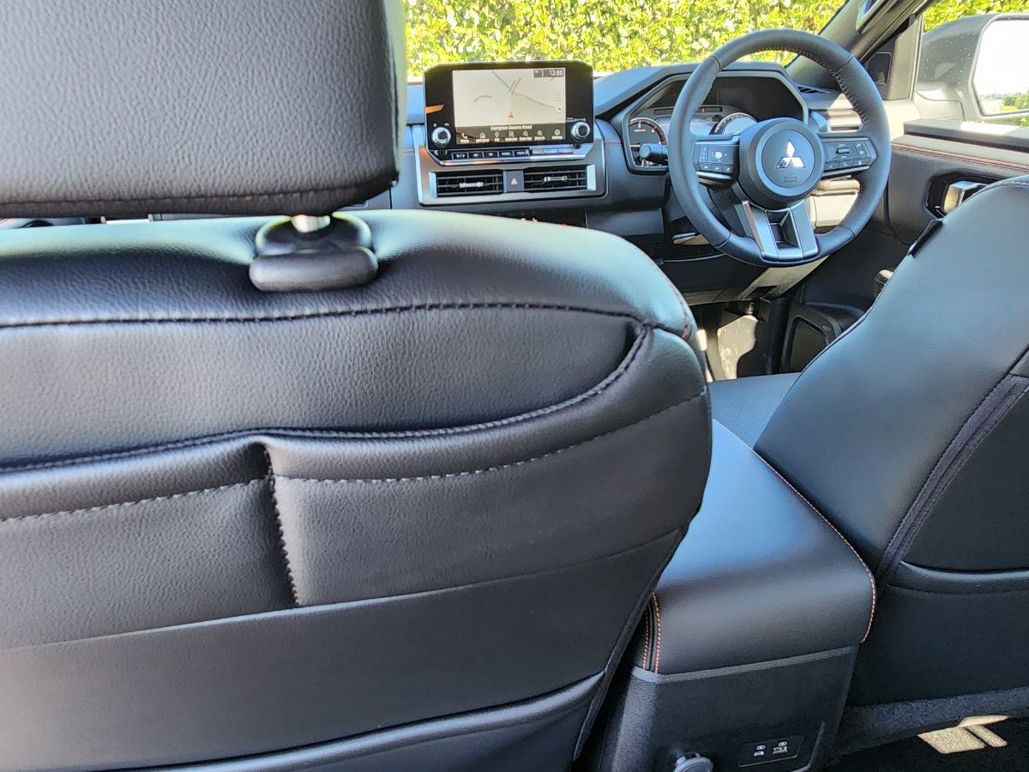
The driving position is even more commanding thanks to a 20mm increase in height and the seats themselves are much improved: wider and more supportive, taking advantage of a 50mm increase in cabin width.
Triton always has one of the better back seats in ute-world in terms of space and seatback angle, so this one simply builds on the good work already achieved.
Delve into the active-safety menu and there’s a list of 12 individual items. Right across the range, Triton has everything you’d expect of a modern car, with new items including Forward Collision Mitigation with Junction Assist, Front Cross Traffic Alert and Rear Automatic Emergency Braking. All wellside models have a 360-degree camera.
Adaptive cruise control is standard across the range for the first time and it works well, as long as you’re keyed into the fact that it self-cancels below 25km/h. There's also a small camera perched atop the steering wheel column for the Driver Attention Alert, which will give you a prompt if it feels you don’t have eyes-front enough. This is fast becoming the curse of new vehicles of all kinds, but the Triton’s isn’t too bad: it’s quick to correct you, but the visual and audible prompts are quite subtle.
As always, you can turn all this stuff off within the main menu, but you’ll have to do that every time you start the car, if you’re so inclined.
The VRX certainly looks the part, with a chunkier interpretation of the old “Dynamic Shield” frontal styling that aligns it nicely with the latest Outlander. Different models have a slightly different look: the VRX has more body-coloured trim in the honeycomb grille, the mid-range GLXR goes for black and the GLX has a simpler trapezoid design.
It’s not easy to make a ute look interesting, but there are some nice detail touches here: all models have “Mitsubishi” embossed at the top of the grille if you look closely, and check out the body line that runs around the rear doorhandles and links up with the tray.
Often, with a great leap forward comes a great leap up in retail cost. But Mitsubishi NZ is also legendary for its extended special pricing and the VRX 4WD featured here has been launched at $10k below retail: $59,990. There’s also a 2WD version at $51,990.
For context, $60k gets you the mid-range Ranger Sport 4x2. So the full-leather, fully kitted-up Triton VRX 4WD with Super Select is still a lot of pickup truck for the money. And now a very modern pickup truck as well.
ENGINE: 2.4-litre biturbo-diesel four POWER: 150kW/470Nm GEARBOX: 6-speed automatic, RWD or part-time 4WD with low-range CONSUMPTION: 8.6-8.8l/100km PRICE: $38,690 (2WD GLX cab-chassis) to $59,990 (4WD VRX double cab).











